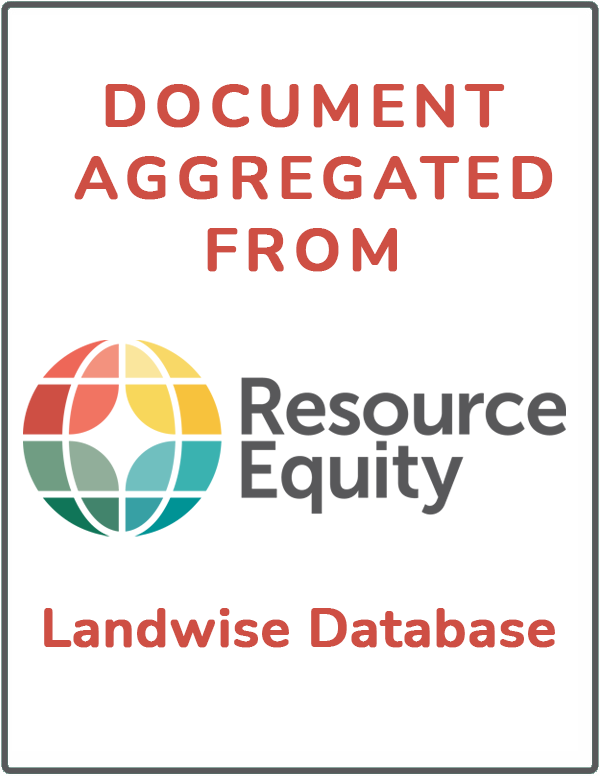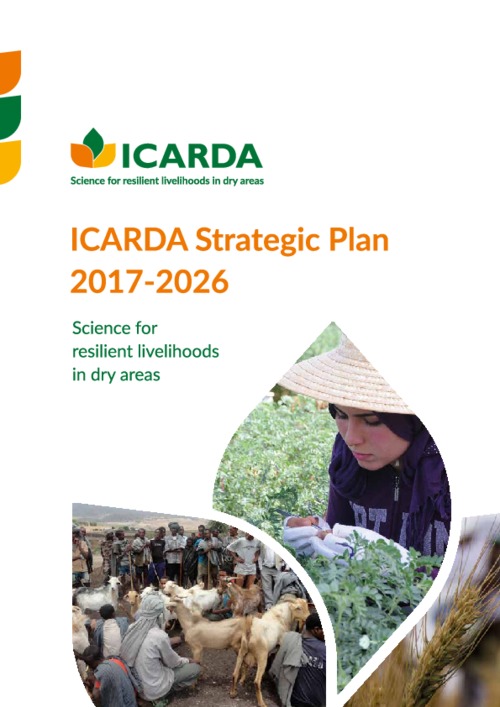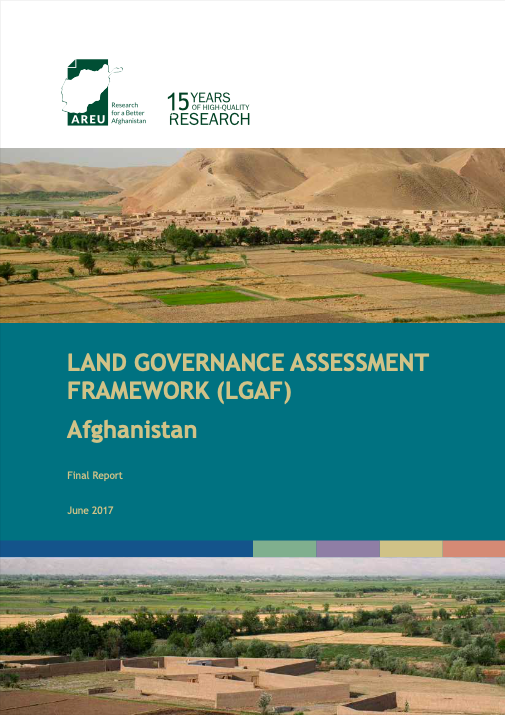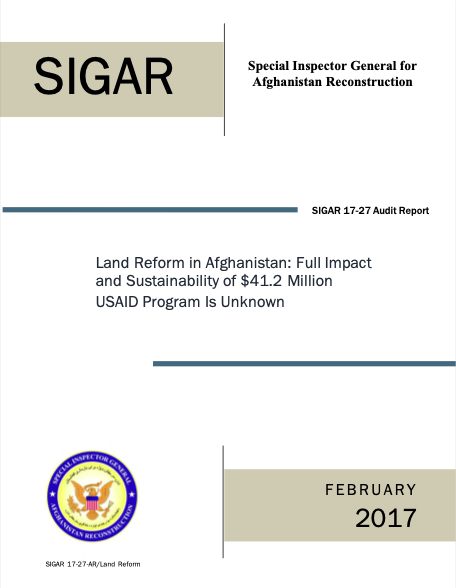Cooperation between Tajikistan and FAO has been ongoing since the country joined the Organization in 1995. FAOassistance was initially provided in the form of short-term emergency interventions in response to a locust outbreak andalso to help the transition to stability after a period of civil…
Afghanistan continues to struggle to overcome decades of war and civil strife. Its political context remains complex and dominated by the Taliban insurgency, narcotics production, weak governance and incomplete rule of law. After more than fifteen years of state building Afghanistan remains a…
This publication provides practical and evidence-based guidance on how to improve women’s access to land as an essential element to achieve social and economic development and enjoyment of human rights, peace and stability in the specific context of the Muslim world. The challenges faced by…
Non-tropical dry areas cover over 40% of the world’s land surface with a growing population of more than 2.5 billion people. These people grow 44% of the world’s food and keep half of the world’s livestock, yet one in six live in chronic poverty. Dry areas also face major challenges, including…
This document presents the Strategic Plan of the International Center for Agricultural Research in the Dry Areas for the period from 2017 to 2026. ICARDA’s mission is to enhance food, water, and nutritional security and environmental health in the face of global challenges, including climate…
To help break the cycle of poverty, improve food and nutritional security, halt or reverse the alarming process of resource degradation in the dry areas, and help communities adapt to the impacts of climate variability and change, ICARDA’s Strategic Plan 2017-2026 outlines our research and…
<strong>Article One: </strong>
This law has been enacted in accordance with paragraph (4) of article 40 of the Constitution of Afghanistan.
<strong>Objectives</strong>
<strong>Article Two: </strong>
The objectives of this law are as…
In the past decade, land and control of resources have been a significant aspect of government and donor concerns in Afghanistan. In the light of social transformations, increased demographic pressure, displacement, and economic evolutions, land is more than ever at the heart of economic and…
According to land reform experts, in Afghanistan, as in other developing countries, land administration is critical to economic growth and security. Since 2004, the U.S. Agency for International Development (USAID) has supported efforts to address land reform and land tenure in Afghanistan…
In this study, we have attempted to develop a land suitability model for saffron, an agronomic crop, which is economically viable, environmentally bearable and socially equitable at Khost Province of Afghanistan. The objective was to determine different land suitability classes for saffron…
Afghanistan has an area of 379,100 Sq. km classified as agriculture land. But the country is generally deficit in food production. So the availability of reliable information on natural resources and the agricultural monitoring are urgently necessary for the adoption of new strategies about…












